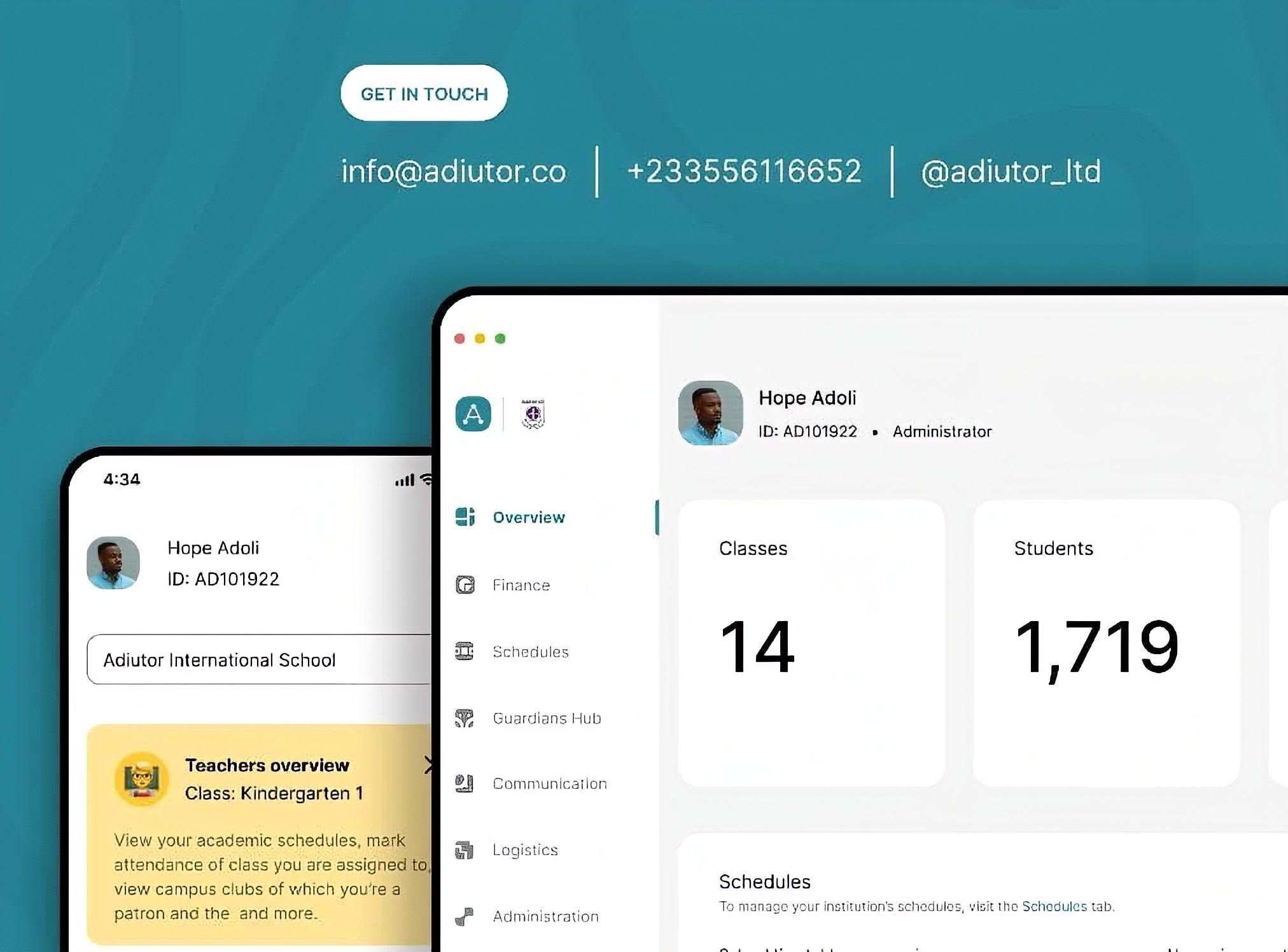What Is Adaptive Learning?
Learning, as we know, is most effective when it happens in what’s known as the zone of proximal development, that space where a learner is challenged just enough to grow but not so much that they become overwhelmed.

Learning, as we know, is most effective when it happens in what’s known as the zone of proximal development, that space where a learner is challenged just enough to grow but not so much that they become overwhelmed. Adaptive systems are specifically designed to keep learners in that optimal zone. Adaptive learning is an instructional approach that typically utilises technology to personalise the learning experience for each student. It involves systems that respond to a learner’s performance in real time, adjusting the content, pace, and path of instruction based on how the learner interacts with the material.
In many ways, it mirrors what a skilled tutor does, observing how a student performs and adapting the instruction accordingly. What sets adaptive learning apart is its ability to do this systematically and at scale through the use of algorithms and data analytics. These systems gather information from each student’s responses, behaviour, and progress, then use that data to modify what the student sees next. For instance, if a student consistently misses questions on a particular concept, the system might provide additional practice, alternative explanations, or a different instructional format.
Why Adaptive Learning?
To understand why adaptive learning has gained traction, it helps to consider a basic reality of education: learners vary widely. They come with different prior knowledge, cognitive abilities, learning speeds, and levels of engagement. Cognitive science tells us that personalised learning, when aligned with a learner’s current understanding, can improve engagement and retention. This means learners who are either over-challenged or under-stimulated have their motivation level drop. Adaptive systems aim to keep learners in that “sweet spot” where the material is just challenging enough to promote growth without causing frustration.
Adaptive systems are also designed to respond to give the learner timely and targeted feedback, providing corrections, hints, or new approaches to the same concept. This mirrors formative assessment strategies but integrates them directly into the learning experience, rather than treating them as separate events.
From a practical standpoint, adaptive learning provides educators with a clearer picture of how their students are doing. Instead of relying solely on end-of-unit tests, teachers can access detailed data that shows exactly where students are struggling and excelling. This data-informed insight supports more focused intervention, efficient lesson planning.
How Adaptive Learning Works
The mechanics behind Adaptive learning involve a combination of data science, learning theory, and software design. Most adaptive learning systems have three main components:
- Learner Models
These are digital profiles that represent what the system believes about each student; what they know, what they’re struggling with, how they learn best, and how they’ve performed over time. The learner model evolves constantly, adjusting based on the student’s behaviour, answers, speed, and even the time spent on a particular activity. - Domain Models
These map out the structure of the subject matter (the concepts, skills, and relationships between them). Think of it as a blueprint of what needs to be learned. The system uses this to determine what comes next, what depends on what, and where a student should go if they succeed or struggle on a task. - Decision Engines (or Algorithms)
This is the logic that brings everything together. Based on the learner model and domain model, the system makes decisions: Should the student move forward? Review a concept? Try a different activity? This decision engine is constantly running in the background, adapting the content and path in real time.
In more advanced systems, machine learning techniques are used to improve these decisions over time. The more data the system gathers across many learners, the better it becomes at predicting what works for different types of students. In simpler platforms, the adaptivity follows more basic rules, for example, “If a student gets three questions wrong in a row, show them a video explanation.” The sophistication of adaptivity varies across tools, but the underlying principle remains: using real-time feedback to create a more effective and tailored learning journey.
Adaptive technology is being integrated into a wide range of digital tools:
Elementary math and reading platforms use adaptive pathways to help students build foundational skills at their own pace.
Higher education systems embed adaptivity into online courses to identify misconceptions early and keep learners on track.
Workforce training programs use it to personalise onboarding or certification modules for professionals with varying levels of prior experience.
Another benefit is flexibility. Adaptive platforms can support self-paced learning, making them valuable for blended and asynchronous models. Instructors can use these systems to offload routine practice and focus their time on high-impact teaching, like discussions, projects, or one-on-one support.
That said, adaptive learning should be seen as a complement to, not a replacement for, human instruction. While algorithms can personalise the “what” and “when” of content delivery, they don’t replicate the social, emotional, or contextual understanding that teachers bring.

Adiutor
Adiutor means "helper" - we do just that, by taking a load of your school administration and helping you focus on what matters most: the kids.
REFERENCES
Capuano, N., & Caballé, S. (2020). Adaptive learning technologies.
Rumbaugh, D., King, J. E., Beran, M. J., Washburn, D. A., & Others. (2012). Adaptive learning. In Encyclopedia of the Sciences of Learning.
Dziuban, C., Howlin, C., Moskal, P., Johnson, C., Eid, M., & Kmetz, B. (2018). Adaptive learning: Context and complexity. Educational Media International
